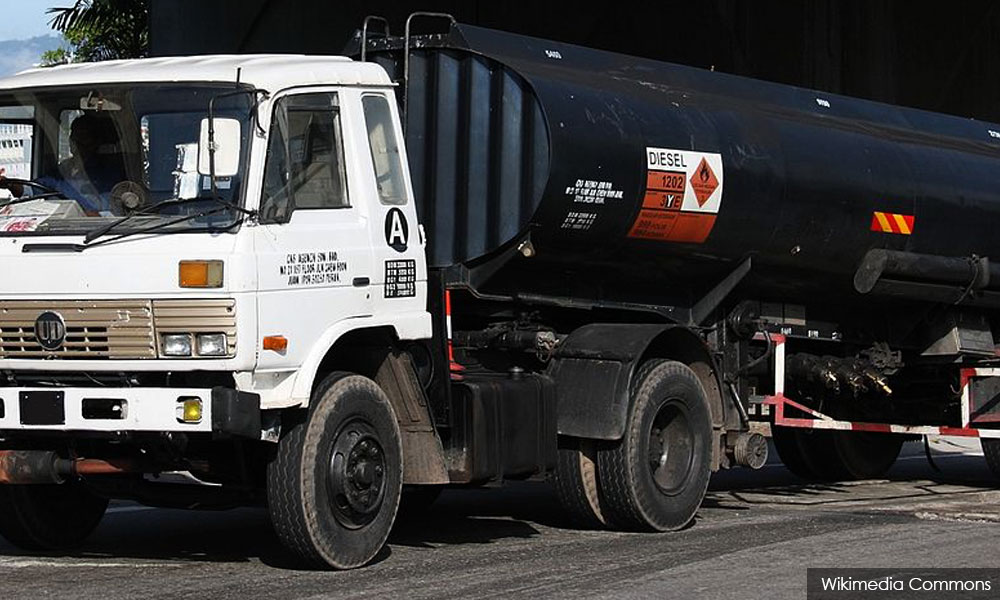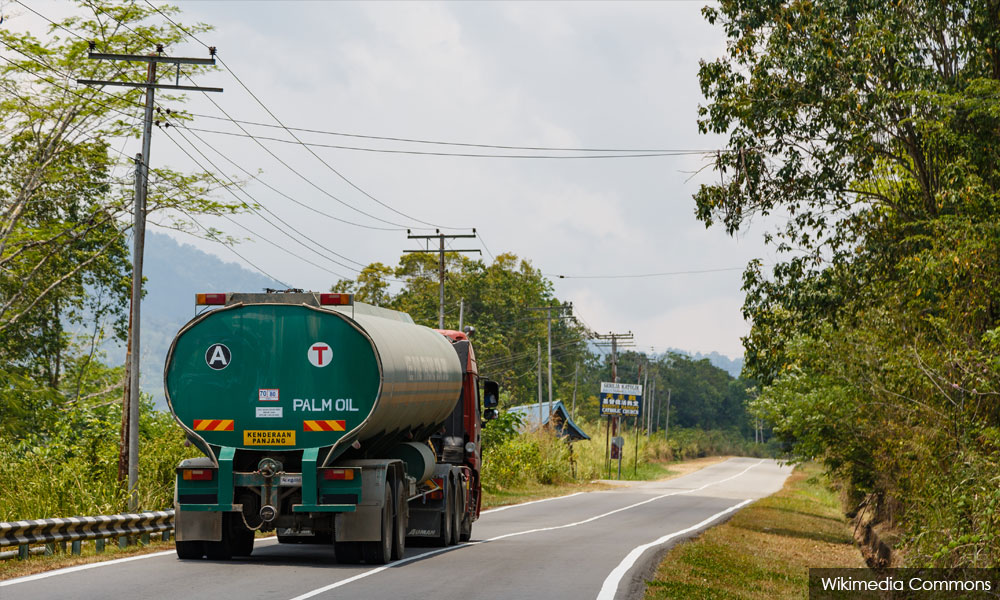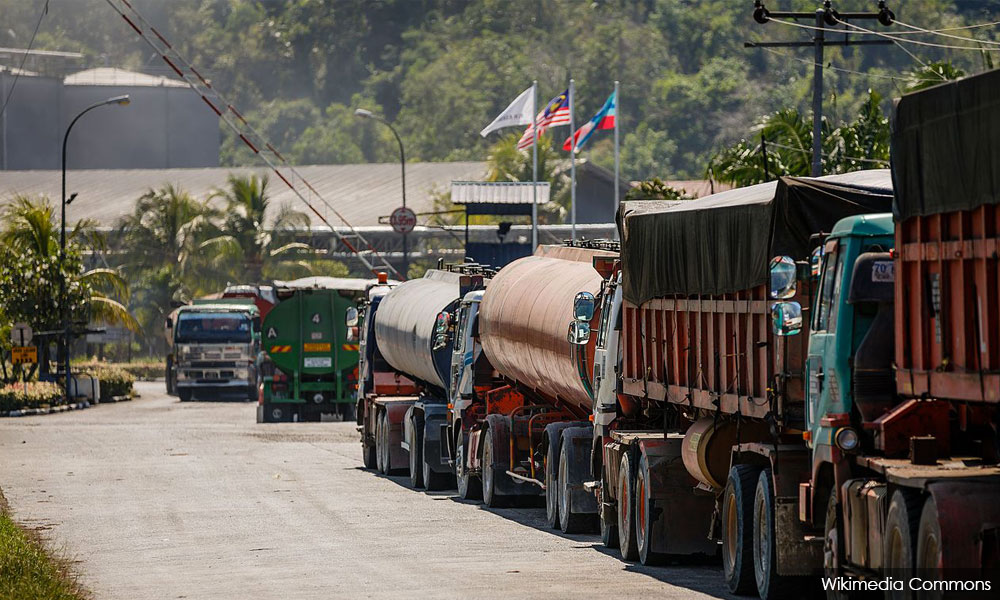COMMENT | Malaysia’s logistics sector is mostly dominated by foreign players, who not only service their overseas counterparts in terms of imports into Malaysia, but also foreign-owned manufacturing plants, factories or hypermarkets, under what is termed as third-party logistics.
What this means is that these foreign companies very often win logistics contracts by virtue of their established names, longstanding relationships and track records, and then subcontract the transport component to local truck hauliers or operators.
Most of the world’s top logistics companies are operating in this country, and are leading the local logistics market. Local hauliers, despite having organised into the Association of Malaysian Hauliers, nevertheless play second fiddle in this lucrative and growing logistics sector.
Household names that have grown over the years include Tiong Nam, Konsortium Perkapalan Bhd, Century, and Yinson, just to name a few. But even so, they merely play supporting roles in the industry, while long-standing names like Kontena Nasional have been gradually moving away from the limelight.
Why is this so? This is a sector where the strongest survive at the expense of the weak. Thus, only the big guns dominate, and the smaller players, despite owning the hardware, end up as haulage subcontractors – mirroring moves in the construction and taxi industries, but on a much larger scale.
Most of these logistics operators rely primarily on roads for their haulage and deliveries. This singular approach has manifested into numerous problems for the road transport sector, like acute traffic congestion, road accidents, poor services, and other operational issues.
High risk, low pay
At the bottom of the pile lie the poor truck drivers - a group of workers who receive a level of attention and gratitude utterly disproportionate to their vital role in the safe delivery of goods at the right time and place, while others ride on their efforts to boast "first class logistics services."
Not many people, within or outside the industry, even raise or discuss the predicament of drivers, who are faced with the long-standing issues of low wages, poor terms and conditions of service, long hours, long distances, and the high risk of overloaded trucks.
Unlike the aviation or marine sectors of transport, where employment is governed by international rules and laws, the logistics sector is largely devoid of such regulation. The employment of truck drivers is not at all governed, save for a licence to drive heavy goods vehicles issued by the Road Transport Department (JPJ).

At one point, there was a strict entry barrier into the market for truck operators. This took the shape of a controlling mechanism in the form of truck licences or “permits,” previously under the purview of the Commercial Vehicles Licensing Board.
Since 2011, this role has been overtaken by the Land Public Transport Commission (Spad), with the permit now called an operator’s licence. And herein lies the problem: leaving the industry to be controlled by the whims of market forces.
How does Spad determine the ideal number of operators that should be serving the market? Do they have any control over the logistics contracts and subcontracts? Do they not realise that not everything needs to be transported by road? That some goods, for safety reasons, should be transported by rail? Is Spad purely a permit-issuing authority, or are they expected to do the thinking and formulation of policies as well?
How is the logistics sector regulated, if at all?

Striking a balance between the two modes – rail and road – to complement each other certainly requires strategic thinking on the part of the authority entrusted with regulating the logistics sector. There ought to be some forward-looking strategic policies meant to modernise and uplift the industry. Shouldn’t this role and responsibility be undertaken by Spad?
At the very least, the terms and conditions of employment for drivers and crew should follow international best practices, in an effort to inculcate safe driving and professionalism in the logistics sector.
This should include minimum wage scales, reward systems, limits on working hours, favourable working conditions, as well as guidelines on loading, vehicle maintenance, and safety.
As far as market entry and operational regulations are concerned, there are major and fundamental issues here which need some level of intervention – a role which only the government (via Spad) can play effectively, rather than leaving it entirely in the hands of foreign logistics operators.
For example, the integrated logistics model, where more than one mode of transport is combined, has worked very well with the long-haul air transport sector. In this model, goods are flown into the country, then distributed to their final destinations by road thereafter.
Why can’t we have a similar approach, using rail for long haul and road for local distribution and support?
Rail ignored
Imagine the savings the industry could derive from transporting, say, 500 containers or other heavy and dangerous loads between Klang Valley to Penang by rail. With such an arrangement, a saving of 500 road trips would thereby free the North-South Highway of 500 trucks daily, or 182,500 truckloads per year.
Our rail network, which runs from Thailand (via both Padang Besar and Rantau Panjang) all the way down south to Gemas and Johor, connecting the ports of Pasir Gudang and Tanjung Pelepas, certainly has a major role to play in the transportation of dangerous goods and heavy loads, long haul containers, petroleum and palm oil – and the reduction of highway traffic.

If done effectively, the need for long-distance drivers would be reduced. Trucks can be made to play feeder roles instead, similar to buses “feeding” passengers to MRT or LRT stations. Instead of JPJ overseeing the extension of truck length, size, and loads, long-distance truck journeys and cross-border traffic should just be undertaken by rail.
Any sound logistical model would be able to show that the longer the distance of the haul, the more economical it would be to use rail. Thus, places already connected by train tracks, such as Ipoh, Klang Valley, Seremban, part of Malacca and western Johor will work very well with this radical change in logistics policy, on the condition that the rail operator is both effective and efficient.
Our highways would be less congested and it may lead to safer roads and less pollution as well. Surely, a caring government should be concerned with these sorts of issues?
This would constitute a radical departure from the current practice. But it would lead to a better logistical arrangement, besides being more financially viable for all parties in the long run.
For instance, ports like Pasir Gudang and Tanjung Pelepas would greatly benefit from such a policy initiative, and would not have to rely on highways to bring in more cargo. Likewise, for the two ports in Klang, Westport and Northport.
And indirectly, the punishing demands placed on truck drivers in the industry would also be reduced. High risk and low pay should not be allowed to characterise this noble profession any longer.
Part 1: Radical change needed in Malaysia's transport policies
Part 3: Should Klang Valley get its own transport authority?
ROSLI KHAN has been a practicing transport and logistics professional, academic, consultant and company director for over 30 years.
The views expressed here are those of the author/contributor and do not necessarily represent the views of Malaysiakini.

